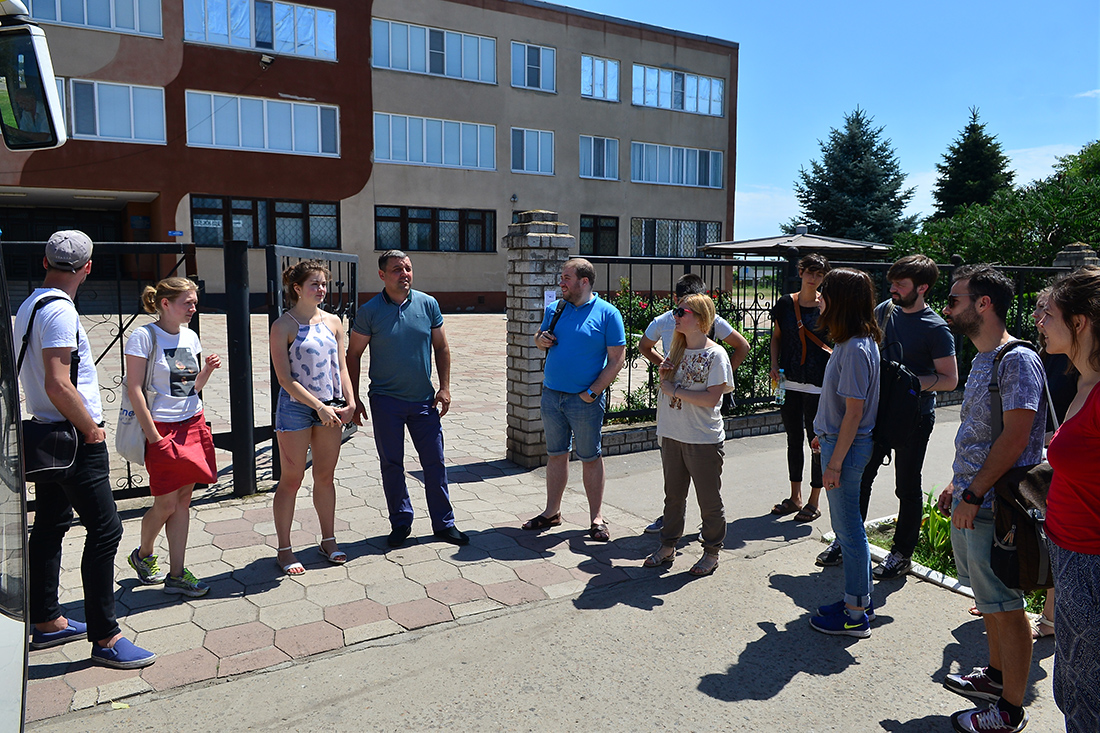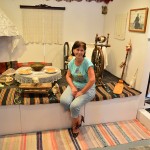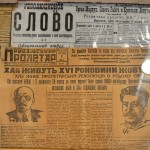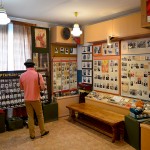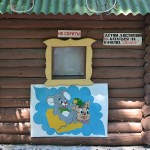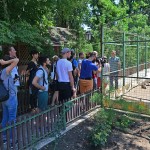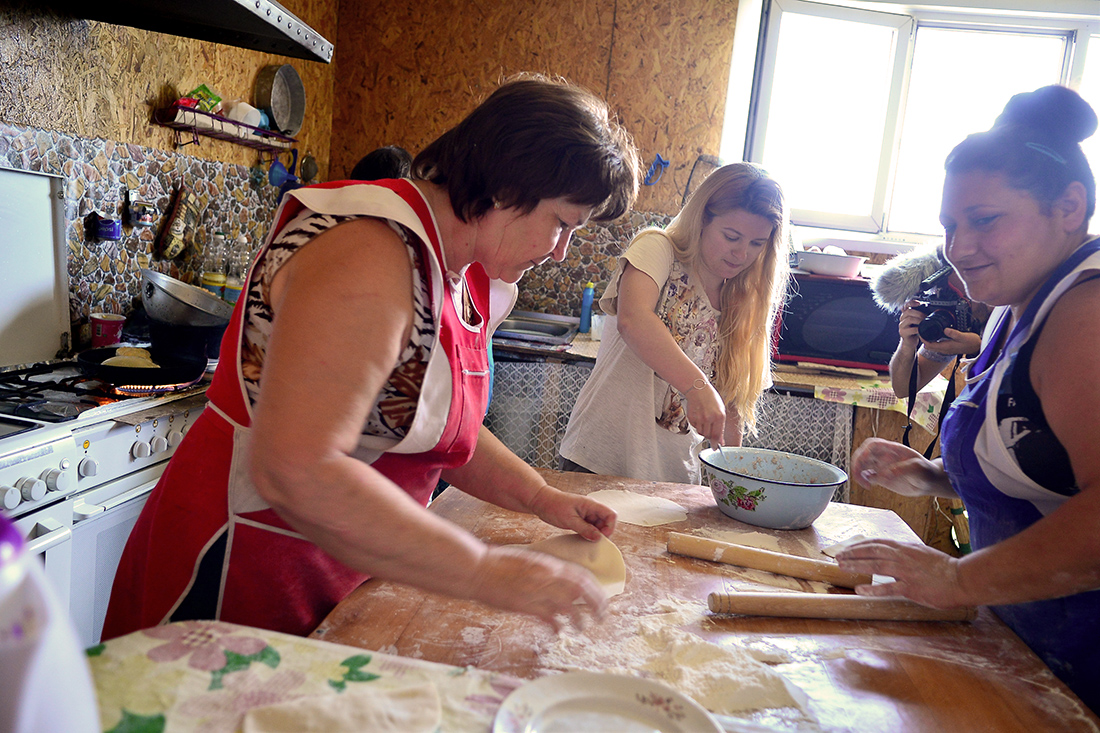On Saturday, the fourth day of our journey, we went to Sartana — a small Greek village which is a part of Mariupol’s agglomeration. Most of the town’s population is of a Greek ethnicity. They all speak Russian, while the Hellenic dialect (the language of Greeks who moved to this area from Crimea) is disappearing. The young generation learns Greek in schools, but the city mayor Stepan Mahsma said that this language will be gone soon.
We were lucky to hear a Hellenic song performed by ethnographer Tatiana Bogoditsa — a very friendly and profound woman who works at the Greeks of Priazov’ya Museum (Priazov’ya means Azov Region).
This museum was founded quite recently by the initiative of the local community. They would search for artefacts that belonged to the very first greek migrants and preserve them here as a manifestation of connection with the roots. This connection is especially important in the post-Soviet search for identity — many Ukrainians are experiencing this now.
On display were mostly pieces of historical Greek domestic life: a wedding costume, jars, national shawls, carpets and clothes, and a trolley which people used for transporting their stuff during the deportation. Later this day we had a lecture by historian Vadim Korobka (Mariupol State University) — he suggested that the deportation refers to Russian Empress Yekaterina II who forced people to leave Crimea and settle on the Azov steppe.
“Vashura’s Village” zoo was our next destination. Named after its founder Saveliy Vashura the zoo was initiated on 2009. It all started with birds and continued with lions, tigers, bears, lamas and monkeys. Quite a weird place: a private zoo located in a park area on long lease. The conditions of animals’ lives in cells seemed to be less then appropriate and the future destiny of “Vashura’s Village” inhabitants is unclear. We were told that some of the animals will soon be relocated to Mariupol, because of the proximity of the war. Supposedly a 3 hectare land plot in one of Mariupol’s parks has been allocated to the zoo. We’ve also heard that a bear called Misha will probably be living at the “Illicha” Steel Plant area — this made the whole experience a bit surreal.
Last but not least, we tried some Chir-Chirs — a local dish made of meat or cheese wrapped in unleavened dough and fried in sunflower oil (which is also widely produced here in the Azov Region).

